8 Great Architects Of The Animal Kingdom
)
These water-dwelling herbivore creatures construct two kinds of structures: a dam and a lodge. While dams can often span over a 100 m, they often use sticks, mud, stone and clay to strengthen the structure, which has a diameter of 10 m.
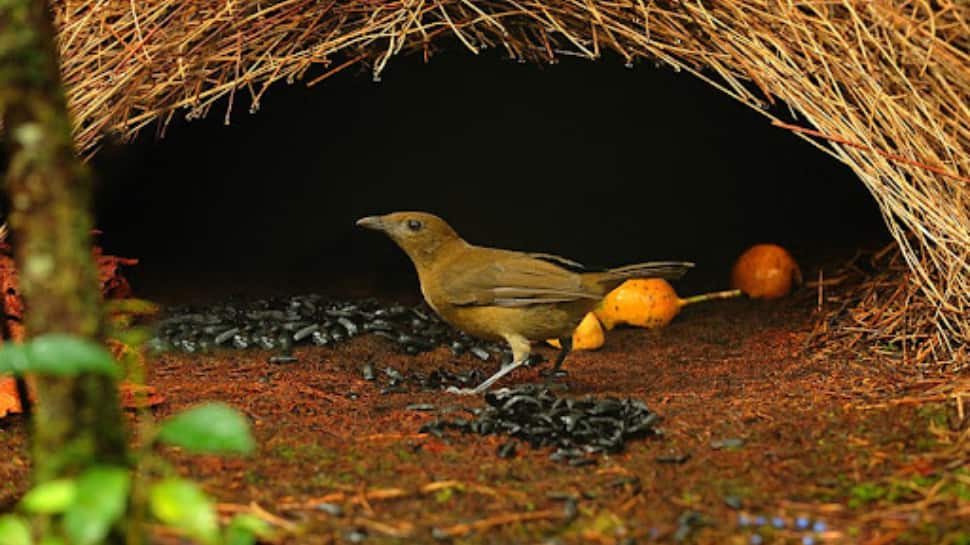
Among the animal kingdom's most fascinating home-builders is the Vogelkop Bowerbird. This name ‘bower’ derives from the hut-like structure they build, which is usually adorned with flowers, leaves and shiny beetle body parts.
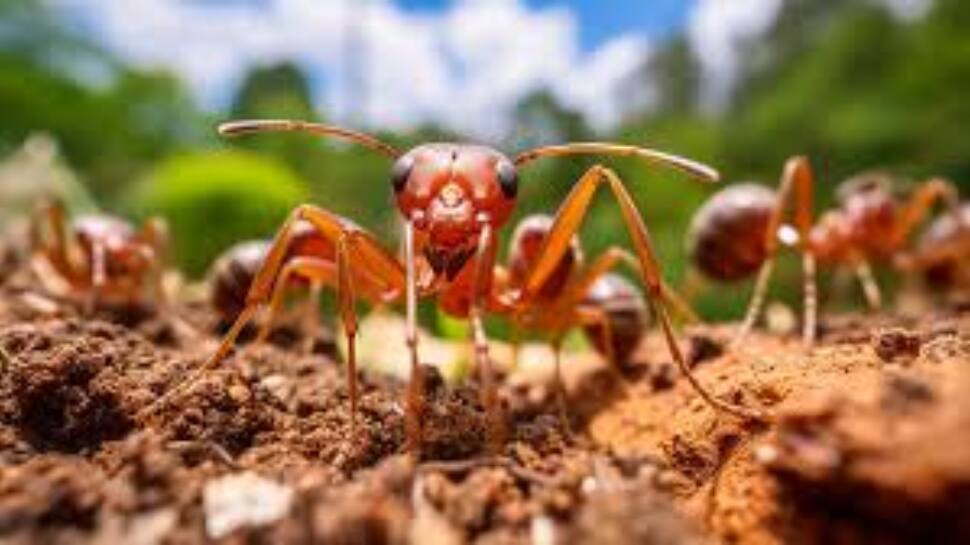
The world’s well-known example is that of persistent and hard-working ants. They hollow out the area with mandible grain by grain to build their extensive colonies. Experts have been unable to decipher how ants construct their elaborative colonies so well.
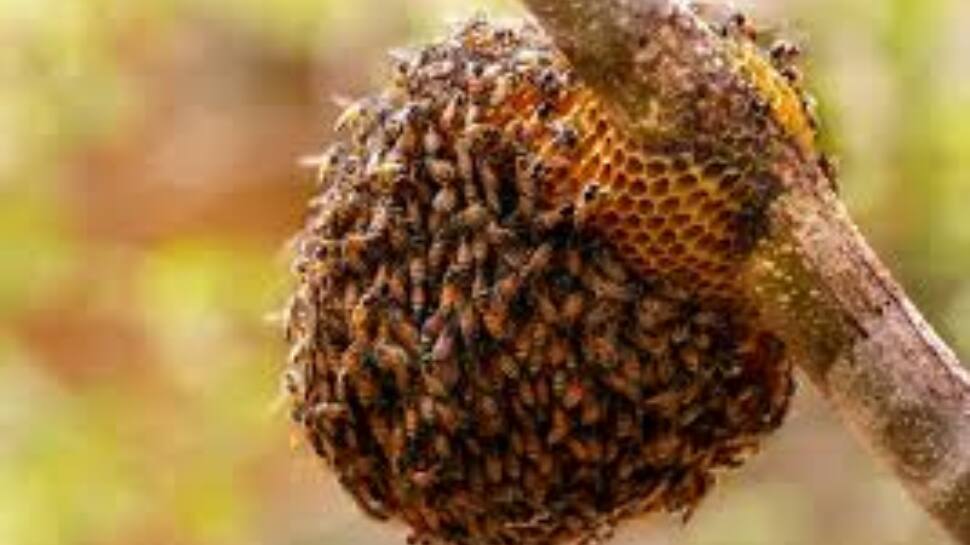
Bees are renowned for being hard-working insects. Hard work and discipline underscore their whole honey-making method. These insects have mastered the art of constructing ‘regular hexagons’ with fewer parameters and vastly larger enclosed areas.
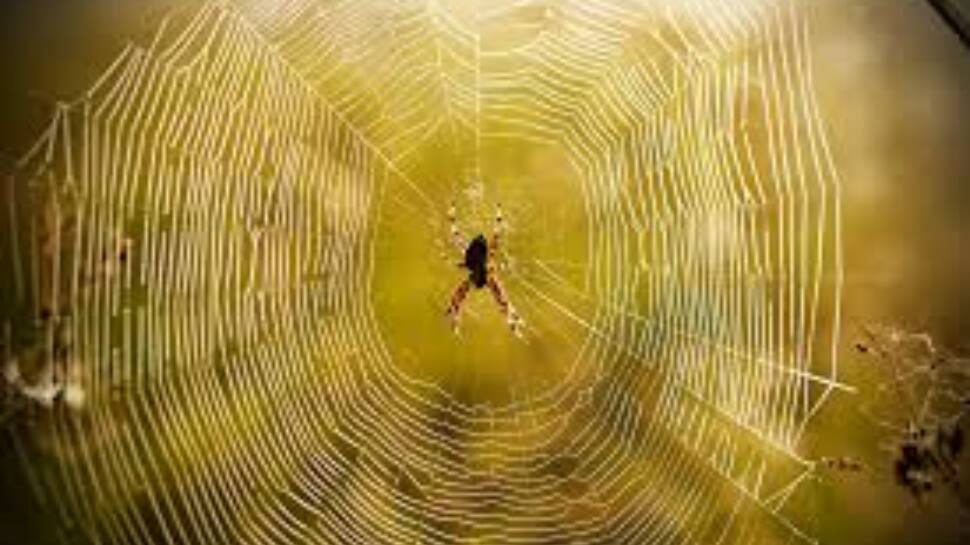
A lesser-known fact about spider webs is that they use several types of silk in their constructions to support, capture or roll their webs completely. For some, These webs provide perfect camouflage. Different spiders employ different techniques. For example, funnel-web spiders use a network of trip lines that extend from their burrow to identify potential prey. Another example would be creating a burrow that includes a silk ‘trapdoor.’ The spider leaps out as soon as it detects its prey.
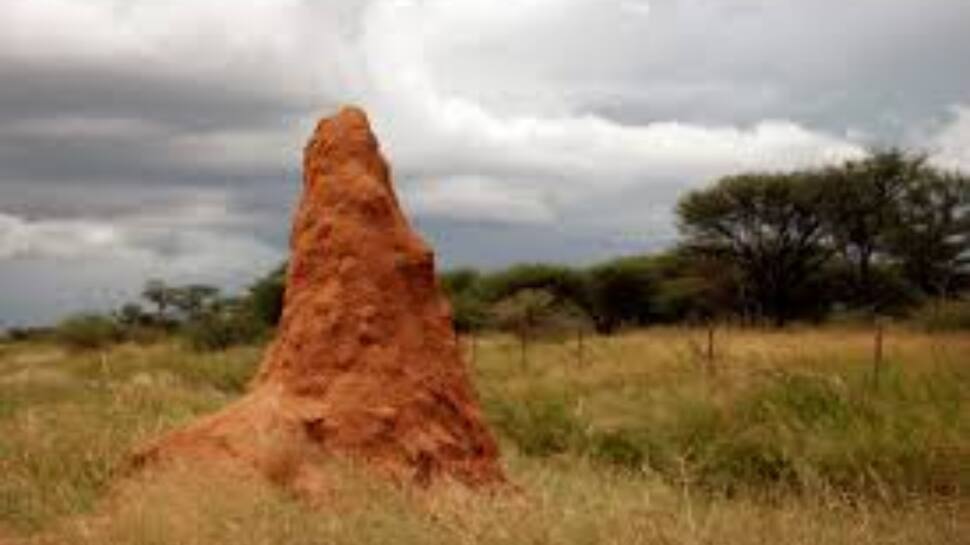
These tiny insects can create massive structures that can reach up to 9 m tall. Despite building their towering structures solely of mud and faeces, these little architects can provide shelter and regulate temperatures for their colony. In addition, the mounds have excellent air-conditioning and fungus gardens.

